Santa Barbara’s 1969 Oil Spill Reverberates Today
Fifty Years after the Platform A Blowout, Activists Are Still in the Fight
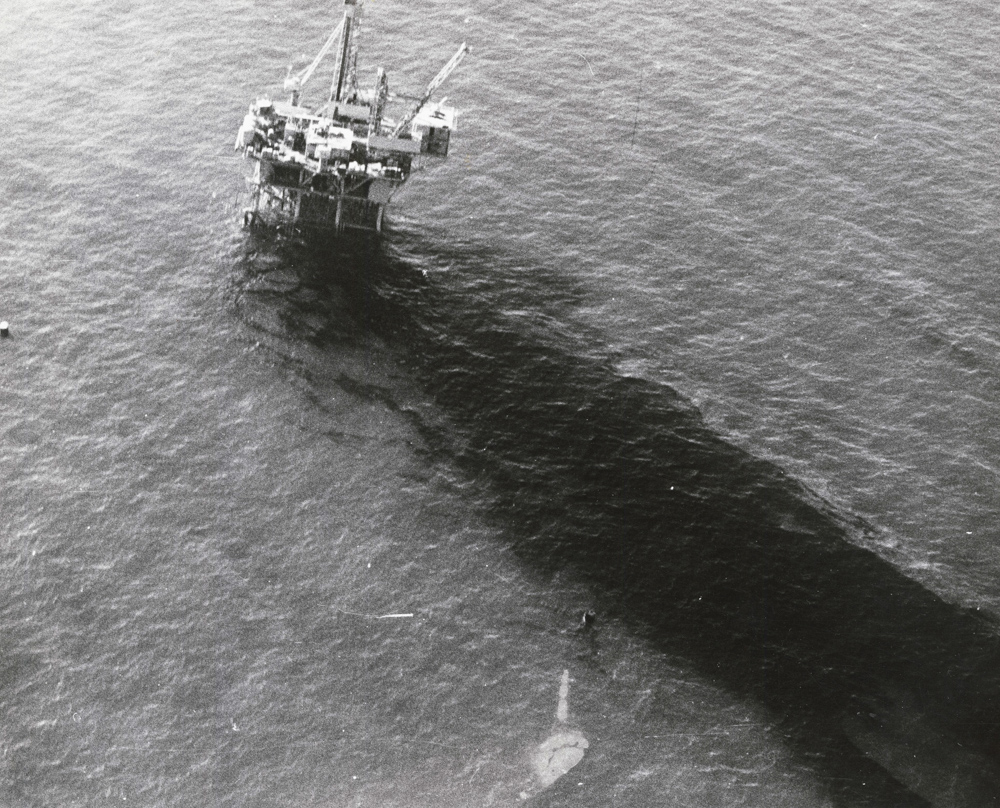
Rick Rust is one of those classic oil guys — homegrown, plainspoken, and down-to-earth; you can’t help but like him. Nowadays, however, you can’t help but feel sorry for him, too.
Rust is the public face of Aera Energy, a Kern County oil company hoping to open a massive 296-well project — 141 wells for oil and gas production and another 155 for steam and water injection, observation, and water production — on 2,000 acres in Santa Maria’s oil-rich Cat Canyon.
It’s Rust’s bad luck that public comment began on Aera’s project just as Santa Barbara County is about to commemorate the 50th anniversary of Santa Barbara’s catastrophic oil spill of 1969 — the blowout at Union Oil’s offshore Platform A.
To the extent Rust is knocked off course by this coincidence, he doesn’t let on. “People need to understand this is not 1969,” he insisted in a recent interview. “The technology has evolved greatly. … We can produce oil and protect the environment.” The environmental activists thronging the Government Center in Santa Maria last Thursday evening were not buying it.
More than 80 people signed up to comment at this first of several public meetings. Though Rust had packed the house with supporters who spoke about Aera’s safety record and the many jobs it would bring to the county, more speakers spoke against the project. They scorched the draft environmental impact (EIR) report as “totally inadequate.” In a time of dire climate change, they charged, the whole idea of the project was beyond reckless. As an added irony, some people noted that the last date for public comments will fall on January 28, the actual anniversary of the 1969 oil spill.
The ghost of that disaster — which left 30 miles of Santa Barbara coastline choked, silenced, and blackened with more than three million gallons of oil — haunted last week’s proceedings. And not just rhetorically. For some Santa Barbarans, it might be difficult to understand the enormity of that historic event, which, even 50 years later, still ranks as the third worst oil spill in U.S. history. But it changed the fundamental rules of engagement for all environmental battles since fought across the United States. And in Santa Barbara, the drama of that nightmare brought together an astonishing cross section of the community in sustained outrage. The results of that outrage — implacable, inventive, and creative — yielded lasting results.
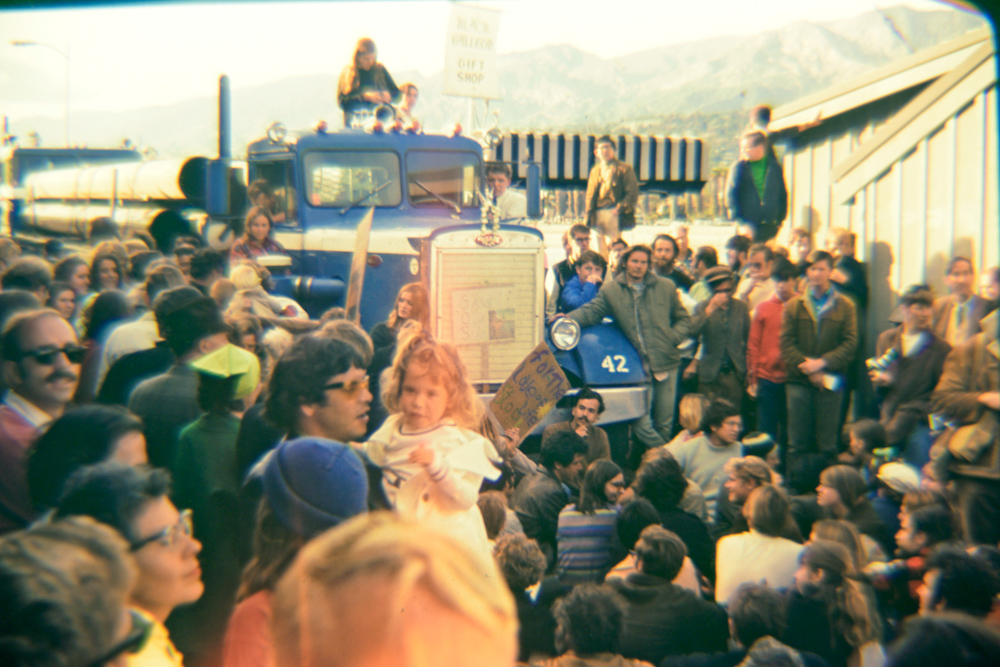
Back in the Black Day
Let’s start with the basics. Last week’s public comment meeting would never have taken place were it not for changes in national and state law requiring public participation — a direct result of Santa Barbara’s oil spill. In 1969, there was no National Environmental Policy Act — and no California Environmental Quality Act — which allowed the public to review and comment on almost all major developments.
It’s worth remembering that Santa Barbara’s civically engaged citizens — Republicans and Democrats — had vigorously opposed offshore oil development back in the 1960s when the federal government decided to lease offshore tracts to raise revenues needed to wage the Vietnam War. Despite continual attempts, local citizens were repeatedly denied the opportunity to comment on such proposals in public hearings. Just as repeatedly, federal officials insisted there was no basis for Santa Barbara’s collective apprehension about industrial catastrophes at sea.
These same federal officials, it turned out, had issued waivers allowing Union Oil to cut critical corners on safety requirements that had been specifically designed to prevent blowouts. Just 14 days after drilling commenced five and half miles off the Santa Barbara coast, Platform A blew out. The sea boiled with oil.
Union Oil initially denied there was a problem. Then they minimized it. They insisted they had it under control. They didn’t. It took 11 days before Union Oil managed to plug the leak. But then that triggered a violent backlash of high-pressure oil and gas — more than 1,000 pounds per square inch. It ripped five major gashes into the geologically fragile ocean floor. Oil began pouring out — seeping and oozing for nearly a whole year. The upwelling of pressurized oil and gas combined with silt at the ocean bottom created what’s been described as “an emulsified chocolate mousse.” In some places, the oil sat eight inches deep on the water. When the oil made landfall a few days later, it came silently. Black waves falling on the shore made no sound. All was quiet.
At the time, Union Oil president Fred Hartley acerbically noted that no one had been killed in the blowout, while in the nation’s capital, people were murdered all the time. At least 3,600 shore birds, however, were killed. The true number of sea animals that died is likely to be many times more. Of the 1,575 birds “rescued” by well-meaning citizens, only 162 survived. None of the chemical dispersants, or mechanical devices such as skimmers and booms, could stop the seepage or soak up the oil. At the height of the cleanup effort, 1,000 workers, 125 vehicles, and 55 boats were actively engaged. It turned out that the only thing that could sop up the oil was three thousand tons of straw dropped along the shore. Newspaper photographs and televised footage brought the disaster into homes across America.

Citizens rallied into action, cleaning beaches, scrubbing birds, and clamoring for action from their elected officials. President Richard Nixon had been in office just two weeks. He dispatched his Secretary of the Interior, Walter Hickel — then widely regarded as a stooge for the oil industry — to Santa Barbara. Hickel was genuinely shocked by what he saw. By the time Nixon wound up firing Hickel — “a loose cannon” — Santa Barbarans had come to see him as an ally. Nixon himself visited Santa Barbara. He was an astute politician who quickly understood that the environment had become an exceptionally potent issue. He would not be outmaneuvered or outdone by such “true believers” as Senators Edmund Muskie of Maine or Henry “Scoop” Jackson of Washington, both of whom responded viscerally and politically to the spill. While Santa Barbarans never fully felt Nixon was on their side, he did sign historic bills creating the Environmental Protection Agency, the National Oceanic and Atmospheric Administration, the Clean Air Act, and the Endangered Species Act.
Now Into the Fray
In Santa Barbara, Republicans and Democrats alike were calling for a halt to all oil development in the channel. When their political overtures failed, they sued. When that failed, they staged sit-ins at Stearns Wharf — then an active oil operations pier — blocking oil supply trucks from getting in or out. They held “fish-ins” at sea, attempting to block the installation of a new platform then being delivered. And, most famously, they conducted countless “teach-ins,” which led to the formation of the Community Environmental Council (CEC) and the Environmental Defense Center (EDC). It also gave rise to UCSB’s Environmental Studies Department. But at the time, the most active of the groups was Get Oil Out, better known simply as “GOO.”
These semi-biblical listings of Santa Barbara’s environmental “begats” are not merely of historical interest — the organizations remain vitally relevant today. At Thursday’s EIR hearing, attorneys with the EDC were leading the charge against Aera’s proposal along with fossil-free advocates from the CEC. And many of the younger speakers who voiced criticism of the draft EIR — but only after having expressed appreciation for the hard work that went into it — were environmental studies students. Their arguments — their noise — are not merely echoes of the past. They are right here, right now.
Where Santa Barbara’s oil spill helped galvanize a new wave of environmentalism 50 years ago — at that time, rivers were so polluted they were catching fire — climate change, global warming, extreme weather, and Donald Trump’s unraveling of environmental protections have instilled in today’s activists a dire sense of urgency. Aera now finds itself going up against the alphabet soup of Santa Barbara’s environmental movement, focused in ways rarely seen in the last 50 years. Rick Rust, it appears, will need far more than his innate likability before the Board of Supervisors to win this fight.
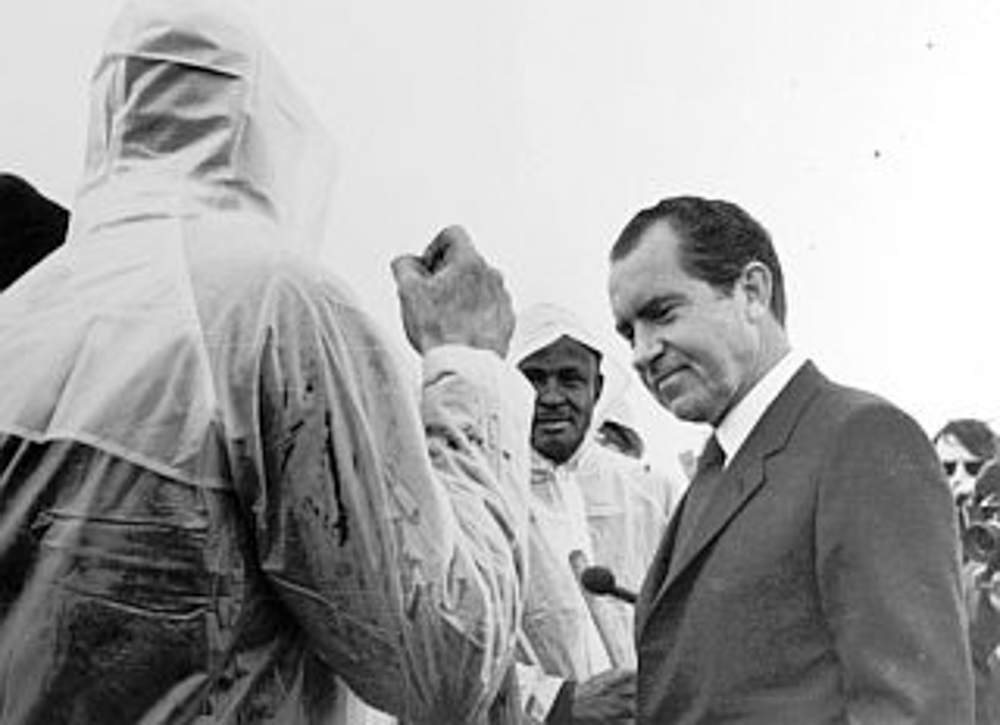
Offsetting Good Clean Oil
In order to pull up as many as 10,000 barrels of oil a day, Aera is proposing to inject massive quantities of steam down wells 3,000 feet underground. This in turn will generate roughly 300,000 metric tons of greenhouse gases (GHG) a year. The consumption of all the oil extracted over the project’s 30-year lifespan is estimated to generate 1.6 million metric tons of GHGs, a number county planners concede may be more of a guess than an actual calculation.
According to environmental analyses done so far, Aera has three Class I negative environmental impacts; these are serious risks that cannot be mitigated into submission. The supervisors can cite these as grounds for denial. Or they can make “findings of overriding considerations” and vote to approve. The most serious Class I impact for Aera is the risk of accidental oil spills to surface waters, to underground aquifers, and to the surrounding biology. Greenhouse-gas emissions, by contrast, were listed as a Class II impact.
All environmental impacts, Rust maintained, will be fully mitigated to the extent required by state and county law. Aera has pledged to set aside 500 acres for public open space, plant 10 oak trees for every one felled, and generate revenues of $1.3 billion over the lifespan of the project. As for environmental issues, Rust said Aera will produce oil under rules imposed by the strictest county in the strictest state of the nation in the strictest country on earth. If Aera is denied, customers won’t stop buying gas. They’ll just get it somewhere else. And all but certainly, he said, that someplace will be a whole lot dirtier and with a bigger carbon footprint than Santa Barbara.

Rust has emphasized all the localized emissions offsets Aera is offering the county: carbon farming on the 500 preserved acres; solar installations on office buildings and other facilities; trucks powered on natural gas; three electric-powered vans Aera will donate to three nonprofits. Aera would mitigate the rest down to the county’s threshold of 1,000 metric tons by buying offsets through various cap-and-trade arrangements.
The environmental opposition has dismissed this as something between a blank check and a pig in a poke. Lee Chiacos of CEC noted only 1.7 percent of Aera’s emissions would be offset locally. Other speakers, many from UCSB’s Environmental Studies Program, cited reports showing that cap-and-trade failed to reduce carbon emissions and that air-pollution credits were priced so low they were practically free. And though most of the criticisms have focused on the immediate dangers of carbon emissions, critics of the projects have raised other concerns as well, including water contamination and the increase in oil-tanker-truck traffic.
The Battle Begins
For Aera to proceed, one of the three South Coast supervisors — Joan Hartmann, Gregg Hart, and Das Williams — would have to break with their environmental base and side with North County supervisors Steve Lavagnino and Peter Adam, who have supported such projects in the past. While not inconceivable, such a vote would be painful and highly risky. Aera has enlisted strong support from all the major labor unions, but that may not be enough.
It doesn’t help Rust any that two other oil companies — PetroRock and ERG — are also pushing similar big projects at the same Cat Canyon field. If all three projects were built, that would total 760 new wells and 700,000 additional metric tons of GHG produced a year. It would also mean seven to eight additional oil spills a year, with an annual spill volume projected at 300 barrels.
All three projects must first be cleared for takeoff by the planning commission — none of which have even appeared before that body yet. But no matter whether that commission rules for or against any of the proposals, it’s assumed the decision will be appealed to the Board of Supervisors. The supervisors have discretion to vote however they like.
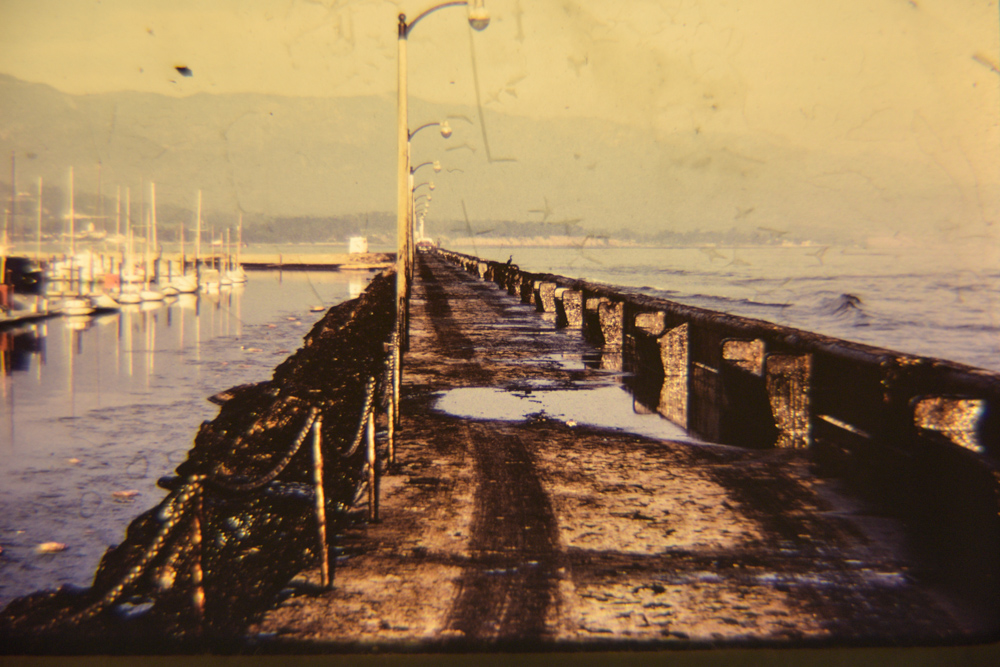
To date, however, the supervisors have been notably underwhelmed by what Aera and ERG have proposed. “They have to come up with something that makes it impossible for us to say no,” said one source on the fourth floor of the county administration building. So far, that has not happened. “Three vans?” one exclaimed. “It looks like the same old train wreck.”
Supervisors have lamented the lack of local offsets in the past. Under the county’s current rules and regulations, nothing precludes Aera from obtaining offsets anywhere in the United States, but “I’m not interested in landfills in Texas,” complained one. The inventory of offsets available in Santa Barbara County is, by any reckoning, limited. County energy officials, pragmatists struggling to make do with limited tools, have shrugged this off. Because climate change and GHG emissions are global problems, they’ve argued, Santa Barbara need not restrict itself to local solutions.
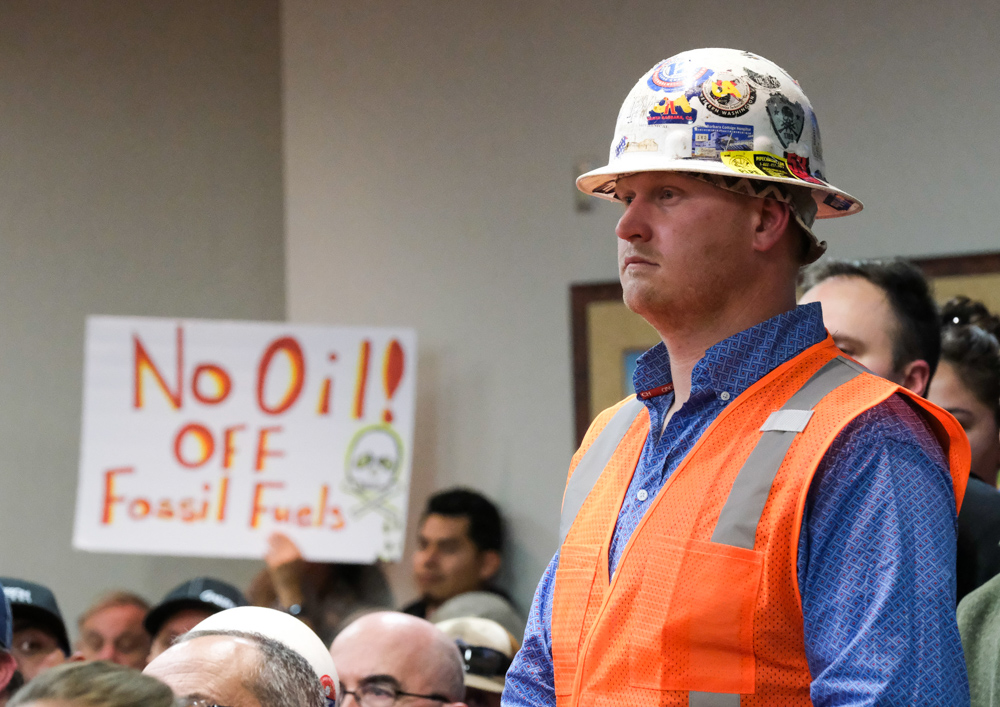
But with climate-change awareness in Santa Barbara achieving a new critical mass in the wake of the Thomas Fire and last year’s deadly debris flow, that shrug may no longer suffice. Adding to the supervisors’ discontent is a recent report that just revealed the county’s greenhouse-gas emissions grew by 14 percent over the last year at a time they were targeted to drop by 15 percent. And it certainly didn’t help that another recent study gave the human species just 10 years to reduce its carbon footprint by 50 percent — or else.
Rick Rust showed up at last week’s hearing with his mouth shut and his ears open. He came to listen, he said. What he heard should be clear soon enough.
He’s right. It’s not 1969, and the oil industry has changed. But without the oil spill disaster of 1969, and the activism it generated, there would have been no hearing to listen to.
Oil Spill Anniversary Events
1/24: Opening Reception and Artist Talk: Beyond the Spill This talk will feature The Squire Foundation’s artist in residence, Brenda Longfellow, and an exhibition that will feature digital material from A Field Guide to Oil in Santa Barbara, an interactive archive and map created by graduate students. 5-8pm. Digital Arts & Humanities Commons and Wireframe Studio, Music 1410, UCSB. Free. tinyurl.com/BeyondTheSpill
1/25: Beyond the Spill Symposium There will be panels and workshops on locating impacts, localizing action, and indigenizing our worldview, with a keynote from University of Waterloo’s Imre Szeman and a closing reception. Visit the website for the full schedule and locations. 9:30am-6:30pm. UCSB. Free. tinyurl.com/BeyondTheSpill
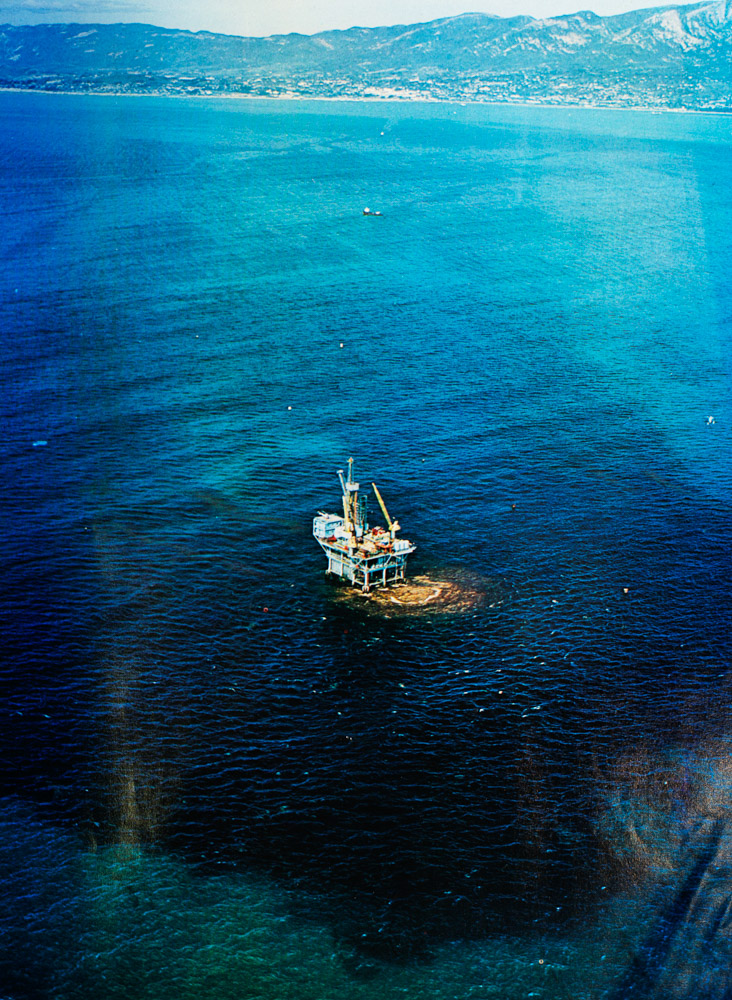
1/27: 50 Years After the Santa Barbara Oil Spill: A Call to Action This community event will commemorate the first 50 years of the modern environmental movement and call for renewed engagement and civic action with special guest speakers, Greenpeace U.S.A. Executive Director Annie Leonard, Congressmember Salud Carbajal, California State Senator Hannah-Beth Jackson, Sierra Club Executive Director Mike Brune, and more. There will be live music from Zach Gill (of Jack Johnson’s band and ALO), Glen Phillips, and more. Spanish-language interpretation will be available. The event is free but you must reserve your ticket online. 3pm. The Arlington Theatre, 1317 State St. Free. Call 963-4408.
1/29: Broke Screening to coincide with the anniversary of the 1969 Union Oil spill, this documentary examines the 2015 Santa Barbara Plains All-American Pipeline oil spill on the Gaviota Coast. A panel comprising members of the Sierra Club and Standing Rock Coalition and others will talk about how we can get beyond oil usage. Refreshments will be served. 6:30-8:30pm. Faulkner Gallery, S.B. Central Library, 40 E. Anapamu St. Free. Call 564-5621.



